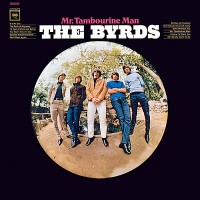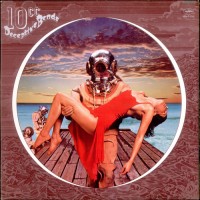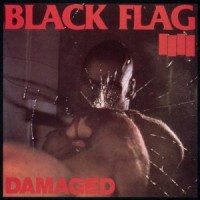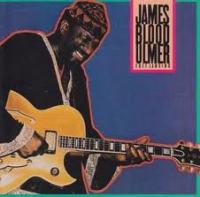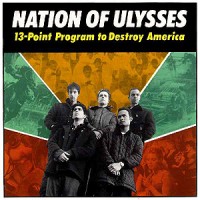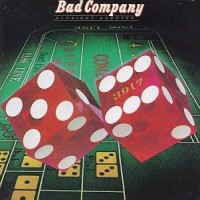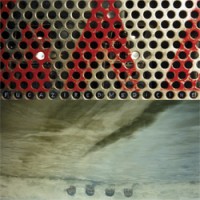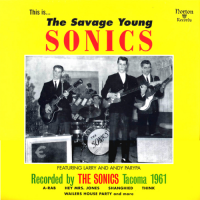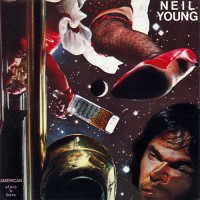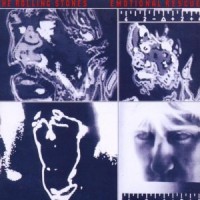
Along with The Who pulling an “Eminence Front,” the Stones made some undeniably catchy tracks for more straight-ahead dancing. “Emotional Rescue” is the most blatant album example of this, and if you aren’t such a rock purist, it’ll sound pretty good to hear them put four on the floor in their opening tracks.
It’s all still The Stones though, even with their great chicken scratch rhythms and drum patterns squared off for tracks like “Dance” and “Send It To Me.” With less solos and almost no psychedelic intrusion, they still come off as an organic group, not sterile studio sessioners making a few bucks from Studio 54. Not all of the numbers are for the dance floor obviously, but then again “Indian Girl” doesn’t really scream for repeated listens the way their tackling of dance tunes do.
For Stones devotees, “Emotional Rescue” isn’t too bad to see them moving further sideways after the “Some Girls” punk reaction, into dance territory… and they avoid rubbing shoulders too much (ahem, title track) with white-soul New Wave, which is a blessing here. “Down In The Hole” helps confirm that they were exploring, and not drifting too far from their roots. -Wade



